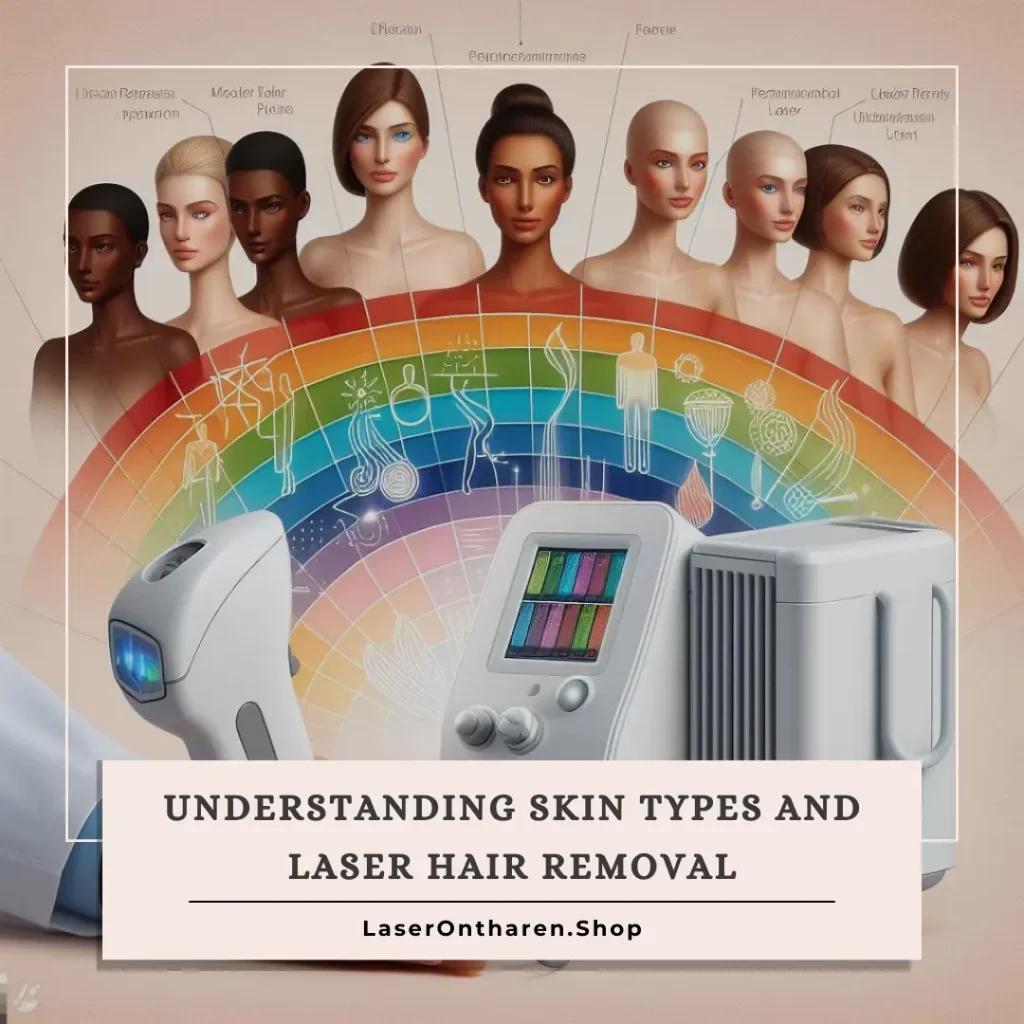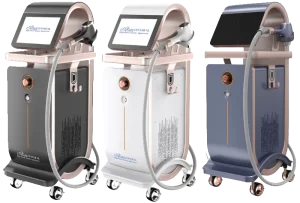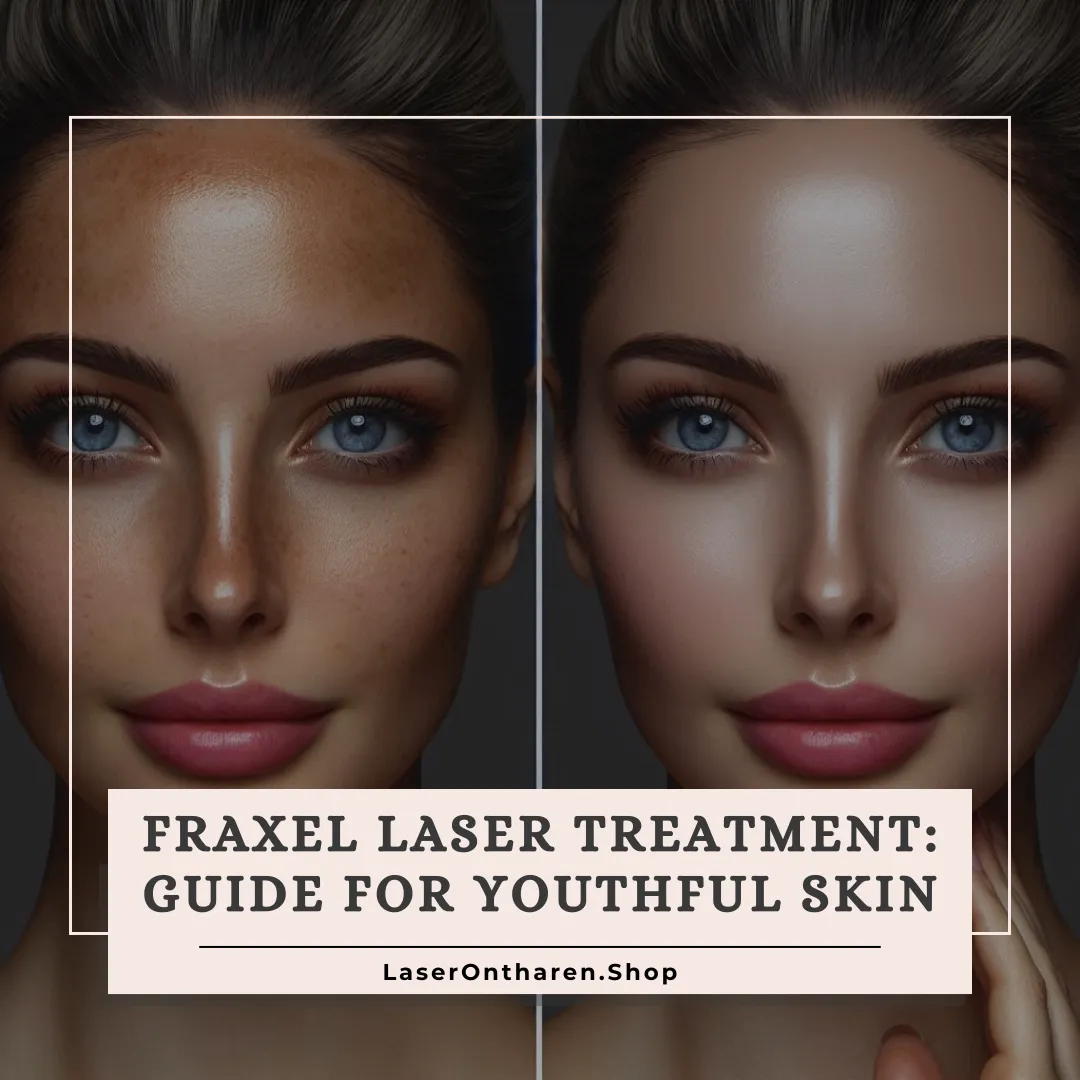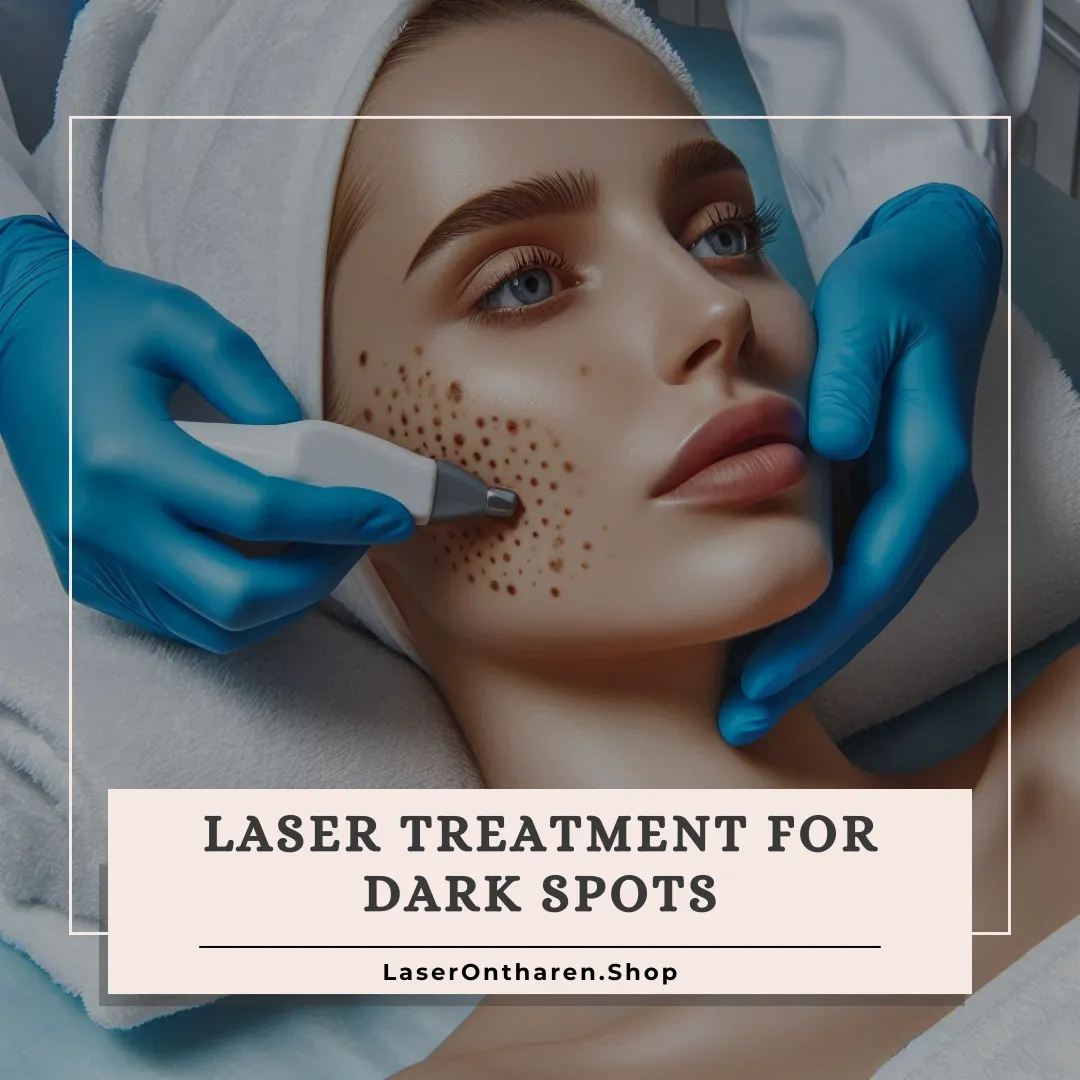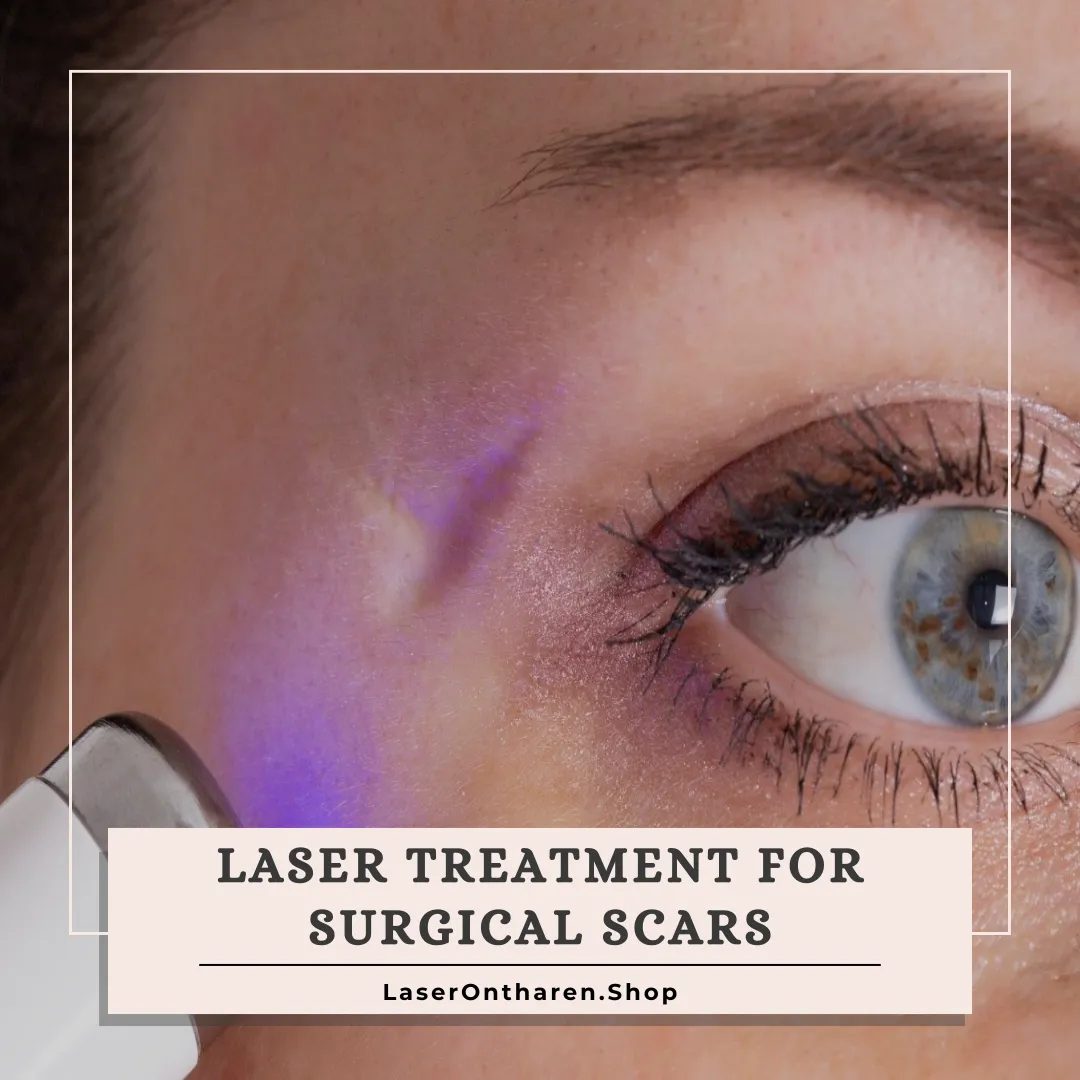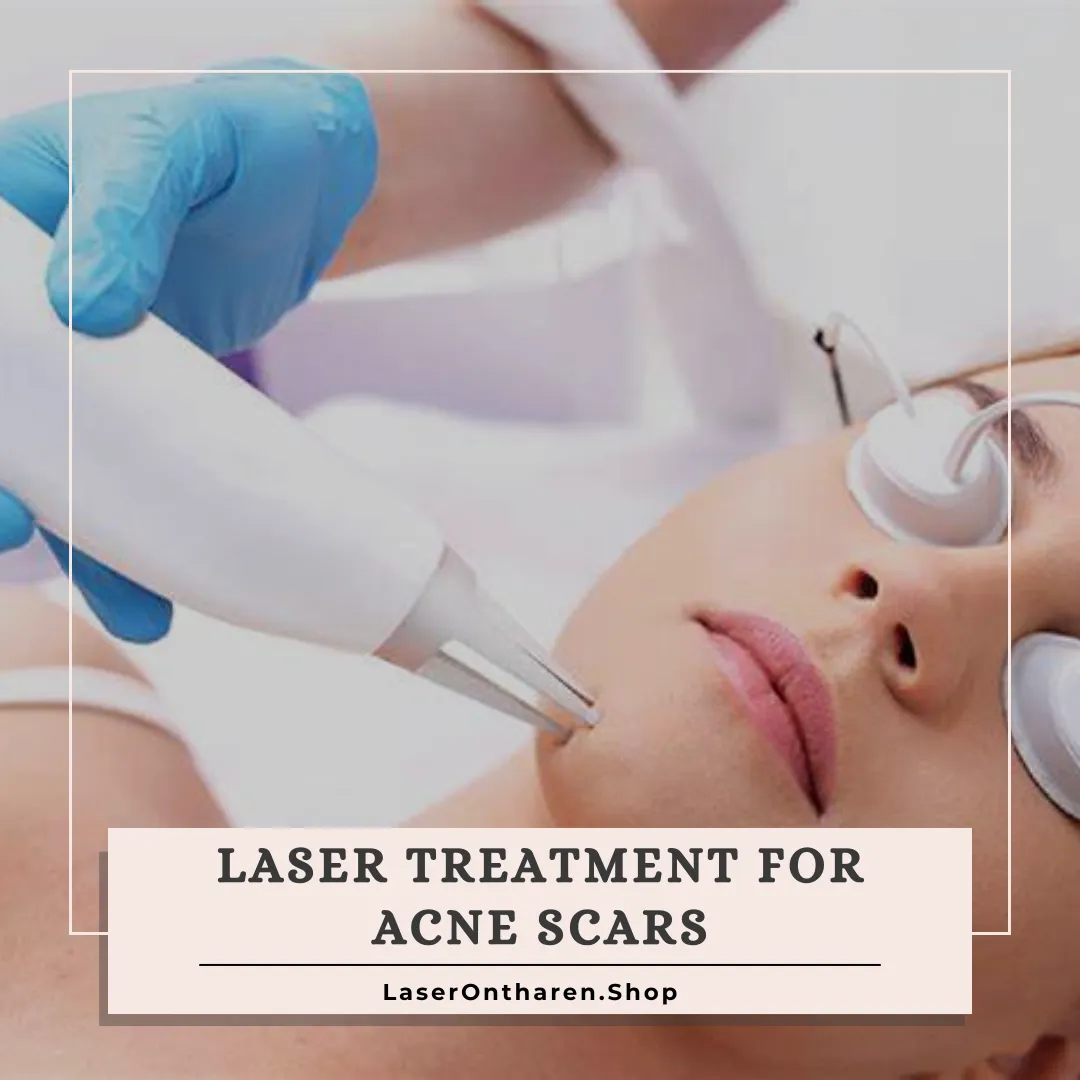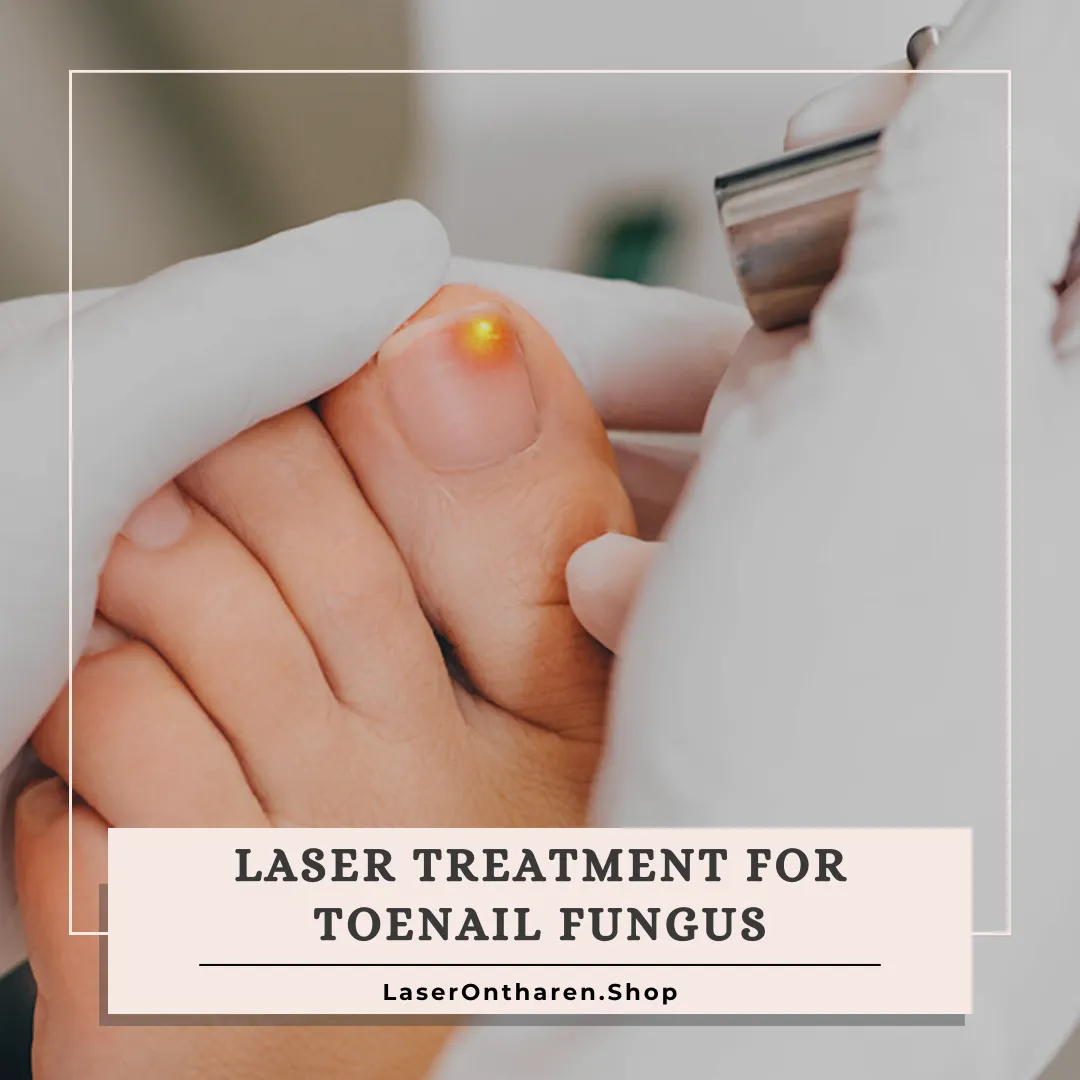Introduction to Laser Hair Removal
Laser hair removal is a cutting-edge method for reducing unwanted hair, offering a longer-lasting solution than traditional methods like shaving, waxing, or plucking.
This technique uses concentrated light beams to target and damage hair follicles, thereby inhibiting future hair growth.
The laser is designed to target the melanin (pigment) in the hair, which absorbs the light and converts it into heat.
This heat damages the hair follicles, slowing down or even preventing future hair growth.
Importance of Skin and Hair Type
The success of laser hair removal largely depends on the contrast between hair color and skin type.
Traditionally,
the best results have been observed in individuals with dark hair and lighter skin tones, as the laser can more easily target the hair follicle without affecting the surrounding skin.
This contrast is crucial because it allows the laser to focus on the pigment in the hair while minimizing potential damage to the skin.
However,
with advancements in technology, laser hair removal has become more accessible to a wider range of skin types.
Modern lasers are now capable of treating people with darker skin tones, though challenges still exist for hair colors that don’t absorb light well, such as
- gray
- red
- blond
- white
Continuous innovation in laser treatments is working towards overcoming these challenges.
Understanding the Fitzpatrick Skin Type Scale
The Fitzpatrick Skin Type Scale is an essential tool in dermatology for classifying skin types based on their reaction to sunlight and melanin content.
This scale ranges from Type I to VI:
- Type I: Very fair skin, often with freckles. Burns easily, hardly tans.
- Type II: Fair skin, prone to burning and tanning with difficulty.
- Type III: Medium skin, sometimes burns, tans gradually.
- Type IV: Olive or light brown skin, tans easily, burns minimally.
- Type V: Brown skin, tans readily, burns very rarely.
- Type VI: Very dark or black skin, tans profusely, almost never burns.
Understanding your Fitzpatrick skin type is crucial for laser hair removal, as it influences how the skin reacts to the laser treatment.
Dermatologists often use this scale to predict sun sensitivity and determine the most suitable laser type for effective and safe hair removal.
Each skin type requires specific care, especially in terms of sun protection and reaction to certain skincare products.
Laser Hair Removal for Different Skin Types
Laser hair removal’s effectiveness and safety vary significantly across different skin types, categorized by the Fitzpatrick Skin Type Scale.
Here’s an overview of how this procedure adapts to varying skin tones:
Lighter Skin Types (I-III)
Best Suited Lasers: For skin types I to III, options such as ruby lasers, alexandrite lasers, newer diode lasers, and Intense Pulsed Light (IPL) are effective.
These lasers are efficient due to the contrast between the light skin and the darker hair.
Effectiveness: These skin types generally see effective results with fewer complications, as the lasers can target the melanin in the hair follicles without significantly affecting the lighter skin.
Safety Considerations: While these skin types have a lower risk of adverse effects, it’s still crucial to use appropriate settings to avoid side effects like skin irritation or pigment changes.
Darker Skin Types (IV-VI)
Best Suited Lasers: For darker skin types (IV to VI), the Nd: YAG laser is a more effective and safer option.
This laser type is preferred due to its longer wavelengths that are less absorbed by the skin’s melanin, thereby reducing the risk of skin damage.
Effectiveness and Challenges: Higher melanin content in these skin types can interfere with laser treatment.
Lasers like Nd: YAG is designed to address these challenges, ensuring more effective hair reduction with minimal side effects.
Safety Considerations: The primary concern for these skin types is avoiding excessive energy that can damage surrounding tissues.
There is a risk of side effects like pigmentation changes or burns, which necessitates a careful selection of laser types and settings.
Specialized Lasers for Different Skin Types
High-Power Diode Laser Ice Pro A+: This device epitomizes the concept of combining wavelengths.
It is engineered to cover both shorter and longer wavelengths, making it highly adaptable for various skin types and hair colors.
With its impressive power range and large applicator size, the High-Power Diode Laser Ice Pro A+ is ideal for professionals seeking a versatile and efficient laser hair removal solution.
Get High-Power Diode Laser Ice Pro A+ Price
High-Power Diode Ice Laser Maxx – Double Lever: For clients with lighter hair colors, such as blonde, this laser is an innovative choice.
It incorporates advanced technologies, including novel dye systems, to enhance the pigment in light hair for more effective targeting.
Its design focuses on minimizing skin exposure and reducing heat impact, ensuring a comfortable and safe experience for all skin types.
Buy High-Power Diode Ice Laser Maxx – Double Lever
Both these devices exemplify the cutting-edge technology in laser hair removal, offering solutions that are tailored to a wide array of skin and hair types.
Their sophisticated design and versatility make them suitable for addressing the diverse requirements of your clientele.
